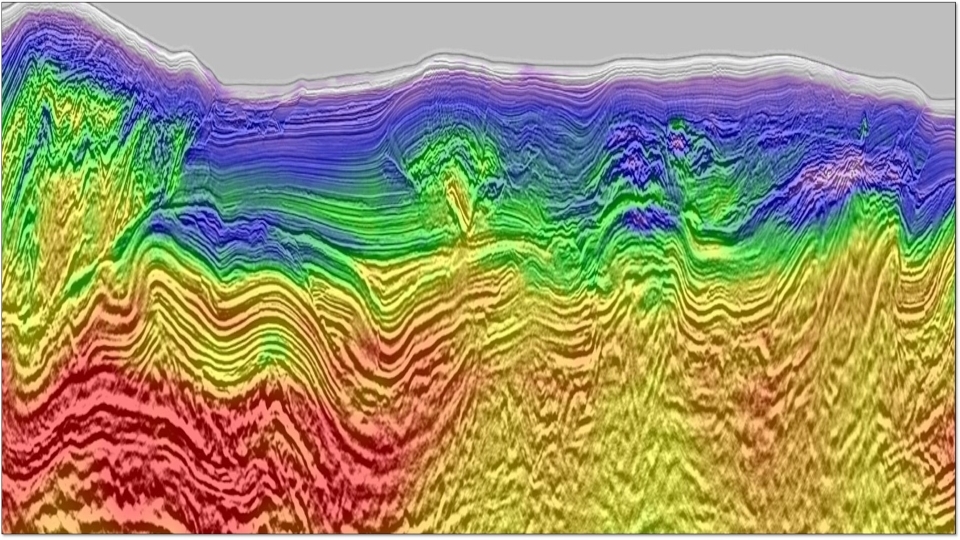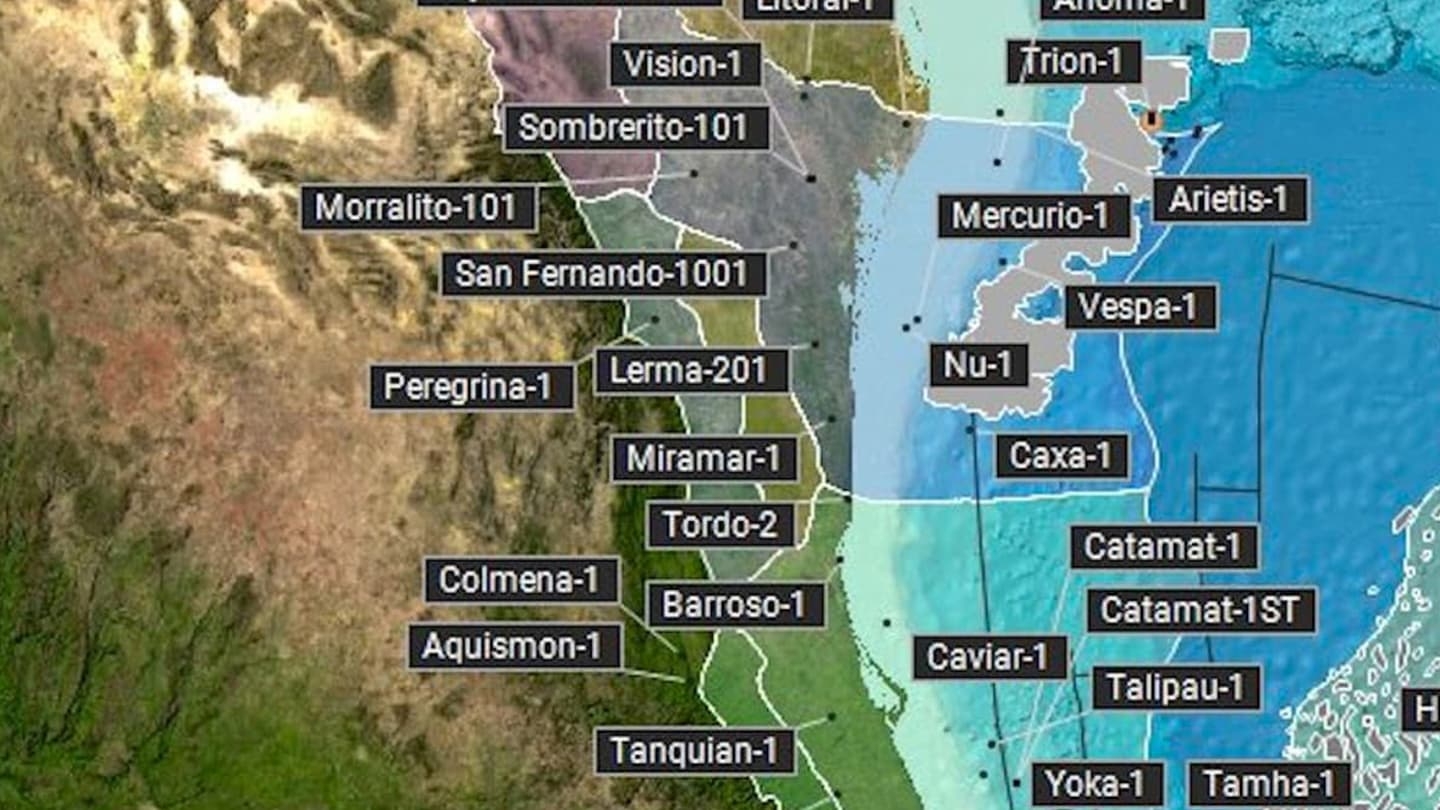Solving Mad Dog subsalt imaging in two decades: From WATS to OBN to elastic FWI
Back to Technical ContentThe Gulf of Mexico (GoM) is one of the most prolific oil and gas producing provinces in the world. The Mad Dog Field, like many large deepwater fields in the GoM, is subsalt. The geometric complexity of the overlying salt causes extremely variable image quality of the strata beneath the salt. Improving the seismic image has been critical for field development, and a tremendous amount of effort has been expended over the years to solve this problem. Over the past two decades, data acquisition has evolved from narrow-azimuth towed streamer to wide-azimuth streamer, and finally to ocean-bottom nodes. Processing methods such as using different anisotropic velocity models of increasing complexity, exhaustive iterations of salt modeling, acoustic full-waveform inversion, and most recently elastic full-waveform inversion have been applied. Dozens of wells have been drilled at Mad Dog guided by the resulting seismic images, and many acquisition and processing learnings have been acquired and implemented over this period to optimize the imaging. This paper explores the techniques that have caused major uplift to subsalt imaging and some techniques that were of only minor impact, while giving a glimpse into the imaging history of one of the GoM’s giant fields.

Publications
The Leading EdgeAuthors
Hui Liu, Fran Rollins, Kevin Pratt, Elizabeth Da Silva, Nathalie Mootoo, Tongning Yang, Dorothy Ren, Fei Gao, and Jiawei Mei





